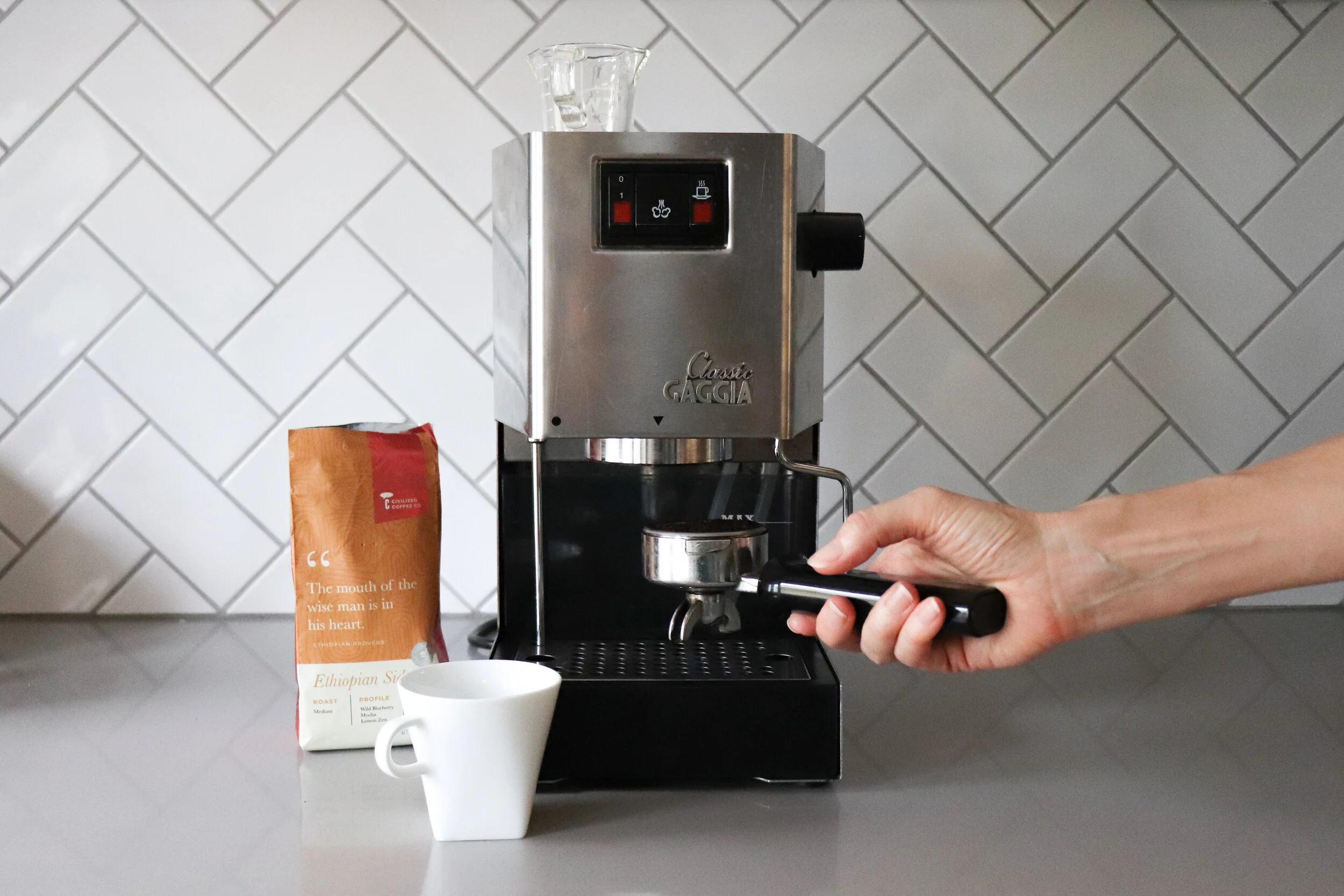The Daily Grind: What Ground Size You Should Be Using for Your Brew
Consistency is Key When it Comes to Coffee Grounds
If your interest in coffee extends beyond grabbing a bag of Folgers at the grocery store and heaping a few spoonfuls into your Mr. Coffee every morning, then you know that the size and consistency of your grounds is a key element in producing a transcendent cup of joe. Let’s dive deeper into the why and how of grinding those beans...
Three Important Factors
Three elements determine how grind size affects the final product: Extraction rate, contact time, and flow rate. To put it simply, finer grounds increase the extraction rate because they cover a larger surface area than coarser particles, meaning that less contact time is needed in the brewing process. Therefore, for brew methods with a shorter contact time, grounds should be finer, and those with longer contact time require a coarser ground. Got it?
How Does it Affect Taste?
A grind size/brewing method mismatch can lead to less than desirable results. If your grounds are too coarse for your chosen method, the coffee will be under-extracted with a weak or sour flavor. If grounds are too fine, over-extraction will cause the coffee to taste bitter and strong. Don’t panic, however; there are universally accepted ground size recommendations for whatever brew method you choose…
Size Standards
Turkish (Greek) Coffee: Requires the finest particles with an almost powdery texture.
Espresso: Grounds must be fine, resembling table salt.
Drip Methods (including pour-over, immersion drip, and automatic drip): Medium-fine to medium-course texture.
French Press, Percolator and Cold Brew: Coarse grounds.
While these standards are a great starting point, experts recommend that the brewer also take into consideration the processing method, origin, and roast profile of the beans. For example, darker roasts like our Surfrider Select tend to be more soluble, so one may choose a slightly coarser grind texture. The age of the beans can also play a role in the flavor outcome. As beans age, they lose flavor, so a savvy brewer might choose a slightly finer grind to boost intensity.
Consistency Is Key
Consistency refers to the uniformity of the grounds, or the variation in particle size. Grind consistency is incredibly important, since particles of varying sizes can lead to over- and under-extraction within the same batch of coffee, making it very difficult to predict the flavor outcome. Ideally, all of the grounds would be the same size to yield the best result. The type of grinder one uses determines consistency. There are three main types of grinders to consider:
Roller: As their name suggests, these grinders use a rolling/crushing motion to yield highly uniform grounds. However, these machines tend to be very expensive and not suitable for home grinding, limiting them to mainly industrial use.
Burr: Burr grinders use a crushing motion to produce fairly consistent grounds, making them very popular for commercial and home use. Manual burr grinders are great for making a small amount for personal use, while electric machines produce larger batches of grounds suitable for cafes or coffee retailers.
Blade: Blade grinders are the outcasts of the coffee bean world, yielding the poorest consistency. The chopping motion of these grinders is really only suitable for pulverizing the beans into the powdery texture desired for Turkish/Greek coffee.
Whatever brewing method, grinding apparatus, or flavor profile you prefer, Civilized Coffee has got a direct-trade, sustainably-sourced whole bean option to suit your needs. For those who choose to leave the grinding to the pros, our African Cold Brew and Surfrider Select varieties come pre-ground and ready to brew.


